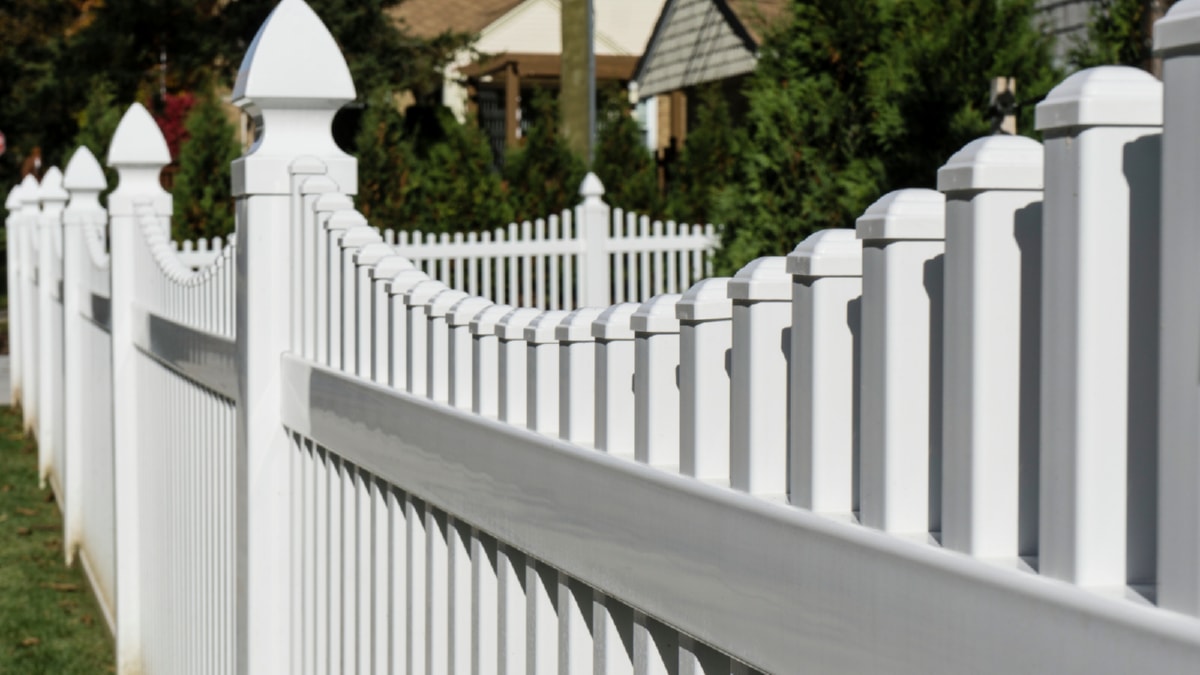The global construction industry has seen a significant shift in recent years. A heightened awareness of environmental sustainability and the need to reduce our carbon footprint have led to a surge in the use of green building materials in construction projects. This article will delve into the advantages of using such materials, and highlight some of the recent innovations in this field.
Green building materials, also known as sustainable or eco-friendly materials, are those that are renewable and have a low environmental impact. They are often made from recycled or recyclable materials, and are energy efficient, non-toxic, and durable. The use of these materials is not only beneficial for the environment but also has numerous advantages for the building owners and occupants.
One of the main benefits of green building materials is their energy efficiency. Materials such as insulated concrete forms, advanced framing lumber, and reflective roofing can significantly reduce the energy consumption of a building, thereby saving on energy costs. They also improve indoor air quality by reducing the emission of volatile organic compounds (VOCs), which is beneficial for the occupants’ health.
Furthermore, these materials are typically more durable and require less maintenance than traditional construction materials. This not only extends the lifespan of the building but also reduces long-term maintenance costs. In addition, the use of green materials can increase the property value, as eco-friendly buildings are increasingly in demand.
Innovation in the field of green building materials is constantly advancing, with new materials being developed and existing ones being improved. One such innovation is the development of bio-based materials. These are materials derived from renewable biological resources such as plants, crops, or trees. Examples include bio-concrete, which is made from limestone-producing bacteria, and bio-plastics, which are made from plant-based polymers.
Another notable innovation is the use of recycled materials in construction. One example is the use of recycled steel, which not only reduces the demand for new steel production, but also saves on energy and resources. Similarly, recycled concrete can be used as a substitute for natural aggregate in concrete production, thereby reducing the extraction of natural resources.
In addition, there are also innovative materials that not only have a low environmental impact, but can actively contribute to environmental sustainability. For example, photocatalytic concrete is a type of concrete that can absorb and neutralize air pollutants, thereby improving air quality.
In conclusion, the use of green building materials in construction is a trend that is here to stay. These materials not only contribute to environmental sustainability, but also offer numerous advantages for the building owners and occupants. Furthermore, with continuous innovation in this field, the range and effectiveness of green building materials are set to increase even further. As such, it is crucial for construction professionals to stay updated with these developments and incorporate green building materials into their projects.
For more details, check best masonry services or visit their business listing here.



